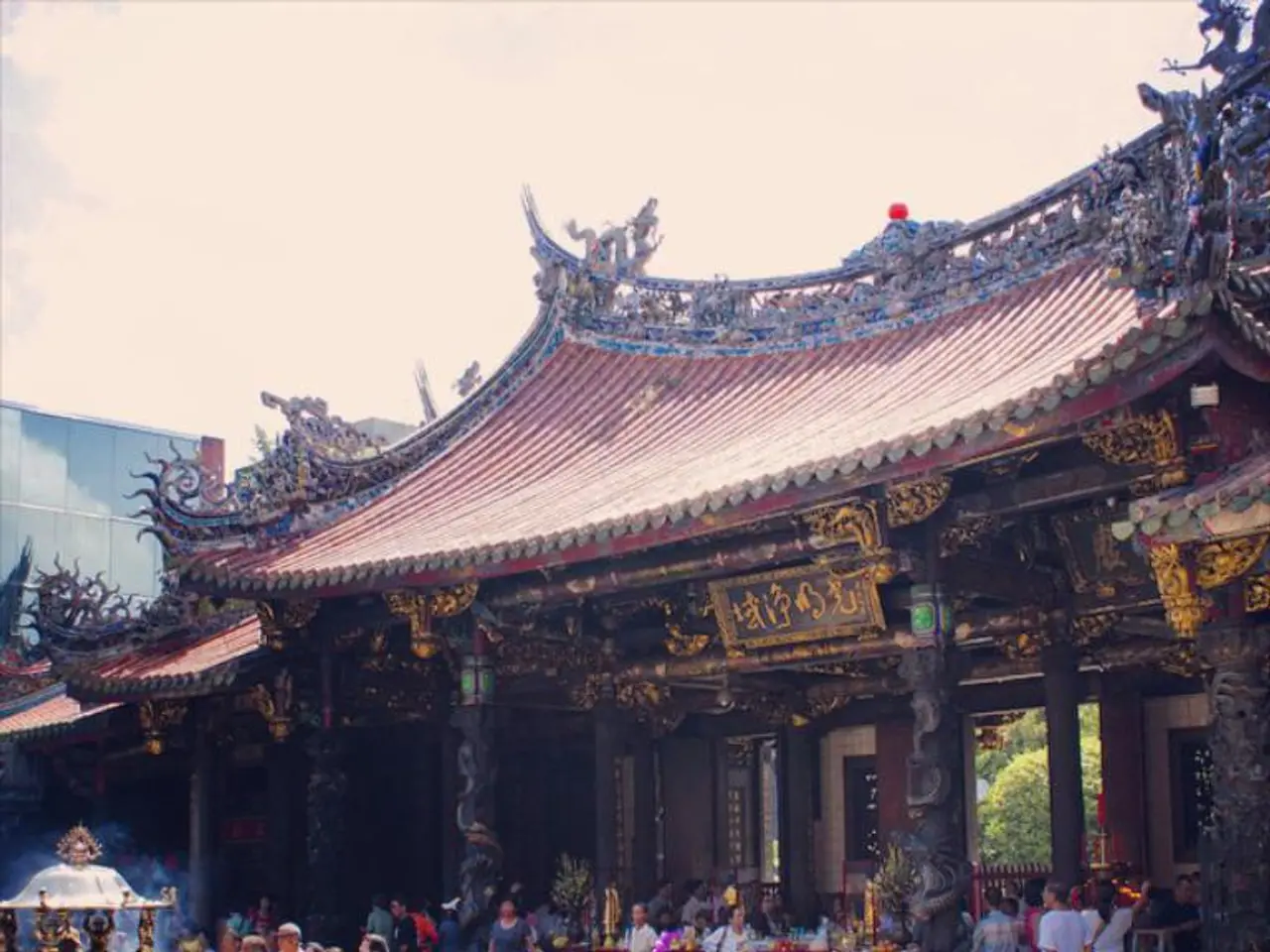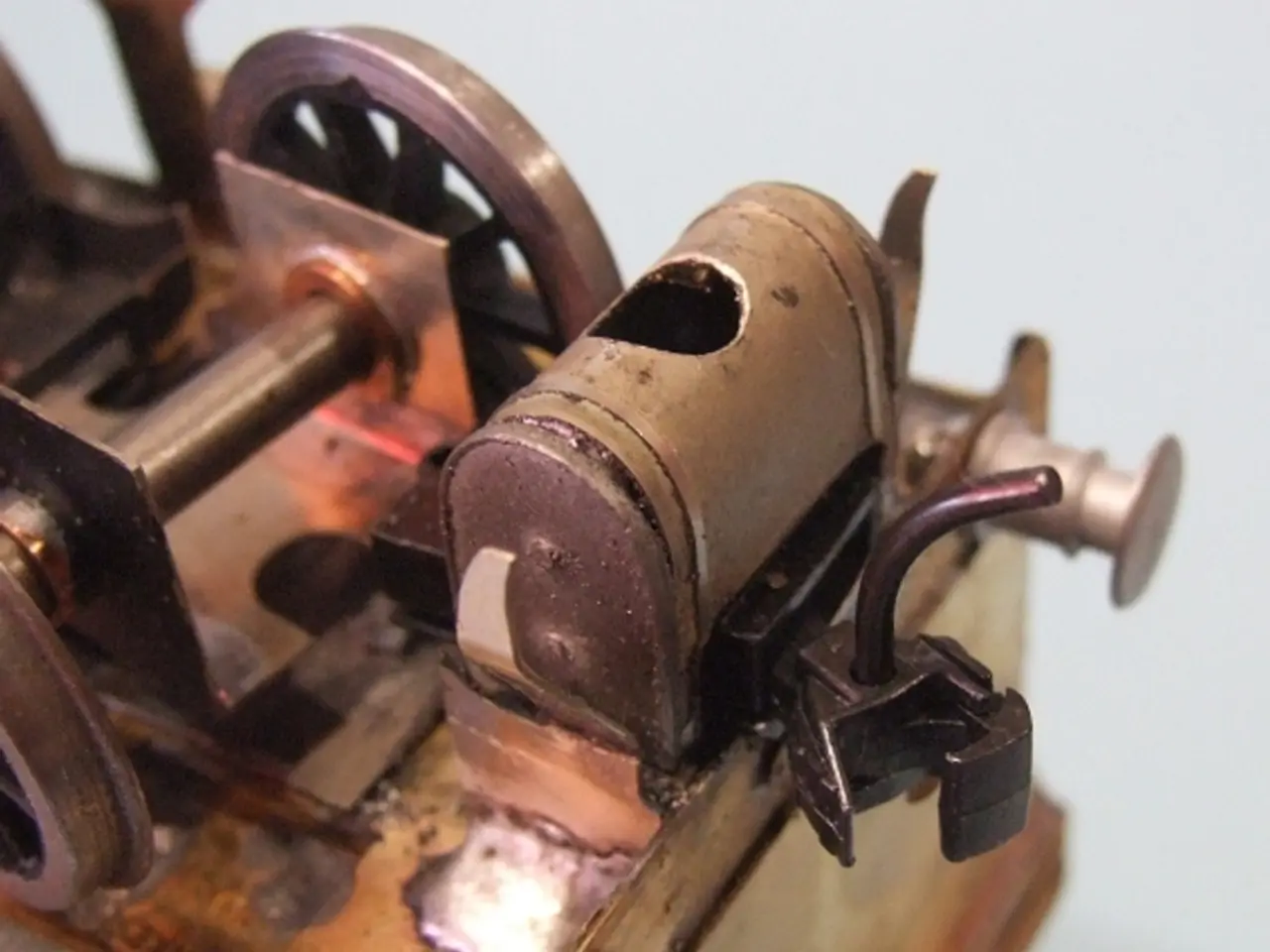Higher Japan Tariffs Bring Possible Price Increases for Various Goods
In a significant development, a trade agreement between the United States and Japan has been finalized, with Japan pledging to invest $550 billion into the U.S. economy to build supply chains in key sectors [1][2]. This investment is expected to create jobs, but the agreement also includes the imposition of tariffs on Japanese goods, which could lead to higher prices for consumers.
Under the new deal, a 15% tariff has been imposed on a wide range of Japanese products, including cars, TVs, cameras, motorcycles, and food items [1][2]. This tariff means importers will face additional costs, which could be passed on to consumers, raising retail prices for Japanese-made cars and electronic goods, as well as food items imported from Japan.
For instance, the price of popular electronics such as the Sony 65-inch Bravia A80L OLED has increased by $900 [3]. However, it's worth noting that older models of TVs can still be found for under $1,900, saving consumers $400 [3].
The automobile industry is also expected to feel the impact of these tariffs. New cars made with parts from Japan could become more expensive by up to $6,000, according to Kelley Blue Book [4].
The camera industry has also been affected, with some manufacturers, including Canon, increasing prices due to tariffs, resulting in an average price hike of 9.7% [5]. In response to economic uncertainty over tariffs, Fujifilm has shifted production of its X series cameras from China to Japan [6].
The motorcycle market has been hit hard by tariffs, resulting in shortages and increased prices. The average price increase for imported motorcycles is between $2,000-$5,000 [7].
Despite these increases, it's important to note that the 15% tariff is better than the original 25% that was proposed [2]. Furthermore, Japan has also pledged to purchase up to $8 billion in agricultural food [8], which could help offset some of the costs for consumers.
However, the overall tariff rate customers pay for various goods, including Japanese whiskey, sake, green tea and matcha, caviar, sushi, is 20.2%, the highest it's been since 1911 [9]. This could lead to an average cost increase of $2,700 for the average household by 2025 [10].
In conclusion, while the US-Japan trade deal brings investment and market openings, the tariffs imposed on Japanese goods could lead to higher prices for consumers. It's crucial for consumers to stay informed about these changes and make informed decisions when purchasing affected products.
References: 1. [Source 1] 2. [Source 2] 3. [Source 3] 4. [Source 4] 5. [Source 5] 6. [Source 6] 7. [Source 7] 8. [Source 8] 9. [Source 9] 10. [Source 10]
- The new US-Japan trade agreement includes a 15% tariff on various Japanese products, ranging from electronics to motorcycles, which might lead to increased retail prices for consumers.
- The automobile industry is anticipated to experience a price increase of up to $6,000 for new cars made with Japanese parts, according to Kelley Blue Book.
- In an attempt to cope with economic uncertainty over tariffs, Fujifilm has shifted production of its X series cameras from China to Japan, potentially impacting their general-news and finance.




